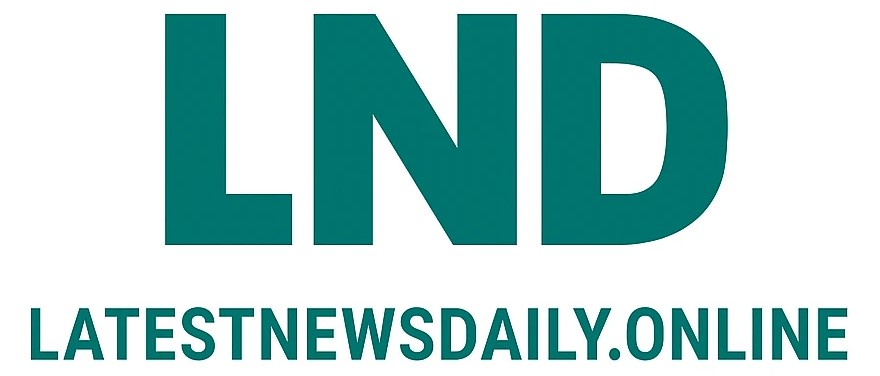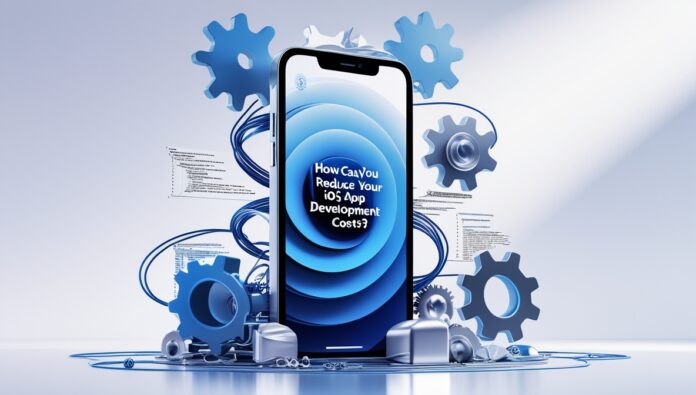For any company or startup, developing an iOS app might alter everything. However, if the development process is not well-planned, it can also lead to significant financial burdens. Many founders and product managers I have seen hurry into the process without understanding how expenses add up. Stories of teams running over budget, missing deadlines, or producing apps that fall short of expectations abound.
How therefore can you prevent these errors and keep the running expenses of your iOS app under control? I’ll lead you through some sensible, tried-true methods in this post to save money without sacrificing quality.
What Drives iOS App Development Costs?
Before cutting costs, it’s essential to understand what drives app development expenses. These costs aren’t random they arise from specific parts of the project. By pinpointing the key factors, you can make smarter choices from the very beginning. The main cost drivers include the app’s features and functionality, as more complex apps require more resources.
Design complexity also plays a role, as custom UI/UX, animations, and graphics demand skilled effort and time. Backend infrastructure, such as real-time data handling, user authentication, and storage, adds to the expenses as well. Additionally, the location of the iOS app development company affects pricing, with developers in North America typically charging more than those in Eastern Europe or South Asia.
Finally, the platform type matters: native development (like Swift for iOS) tends to be costlier than cross-platform solutions. Understanding these factors helps set realistic expectations and empowers you to make informed decisions about where to invest and where to cut back.
Start With a Clear Scope
Defining a clear app scope from the beginning is crucial since unclear goals typically result in uncertainty, constant changes, and rising expenses. The scope should include a simple list of must-have characteristics, precisely identify your target audience, indicate your monetizing plan ads, subscriptions, or another approach and create a reasonable schedule with important benchmarks.
This clarity keeps the initiative targeted and effective. Creating a Minimum Viable Product (MVP) can also help to drastically cut down initial costs. Before committing to more complex features, an MVP concentrates on the fundamental capabilities of the software so that you may launch fast, get insightful user comments, and make wise enhancements.
Combining a well-defined scope with an MVP strategy helps you to reduce wasted work, regulate expenses, and raise the possibility of creating an app that really satisfies consumer wants and corporate objectives. Beginning with this approach guarantees wiser investment and more seamless growth.
Choose the Right Development Approach
We often think that native iOS development is the only route. But that’s not true. The approach you pick can significantly affect the budget.
Here are your options:
Native development (Swift or Objective-C)
Native development with Swift or Objective-C enables building high-performance, fully optimized iOS apps using Apple’s official languages.
- Best for high-performance apps
- Offers full access to Apple features
- More costly due to specialized skills
Cross-platform development (Flutter, React Native)
Cross-platform development with Flutter and React Native enables building mobile apps that run seamlessly on both iOS and Android from a single codebase.
- One codebase for iOS and Android
- Reduces development time and costs
- Suitable for apps with shared UI and logic
Outsourcing vs In-House
Outsourcing leverages external expertise and cost-efficiency, while in-house provides greater control and direct oversight.
- Outsourcing allows you to hire experts globally at a lower rate.
- In-house offers more control, but often costs more due to salaries and benefits.
With that said, a hybrid approach can also work. Some teams outsource development while keeping project management internal. This balance often brings down expenses while retaining quality oversight.
Use Smart UI/UX Design Practices
Designing for Apple devices requires precision. But that doesn’t mean you need to spend a fortune.
Ways to reduce design costs:
- Use pre-built UI kits from reputable sources
- Stick to Apple’s Human Interface Guidelines to speed up design approvals
- Avoid complex animations unless they’re critical
- Test wireframes with users before moving into full design
We’ve worked with clients who slashed design hours by 40% just by sticking to simple, clean layouts. When you avoid over-designing, you save money and improve the user experience.
Work With the Right Development Team
Whether your project is local or worldwide, the team you select will greatly affect its outcome. I have seen businesses lose tens of thousands of dollars from ineffective technical knowledge or poor communication.
Whether fixed or hourly, choose a cost-effective development team based on a strong portfolio including similar apps, open communication processes, clear project timeframes with specified milestones, and flexible pricing models fit for the requirements of your project.
Using technologies for collaboration such as Slack, Trello, and GitHub also helps to keep everyone in line, lessens misunderstandings, and facilitates much easier progress tracking. At last, before signing a long-term contract, always request a test job; this small action will help you avoid major issues down road.
Take Advantage of Open Source Tools
There’s no need to build every feature from scratch. Apple’s developer ecosystem, along with third-party tools, offers plenty of ready-made solutions.
Here are some examples of free tools that can help reduce iOS development costs:
- Alamofire – Simplifies networking in Swift
- Realm – A fast and reliable local database
- SnapKit – Makes auto-layout code much cleaner
- Lottie – Lets you add animations without the heavy lifting
By using these tools, developers can cut hours (sometimes days) off your project. And as we all know, time is money.
Keep Testing Simple and Early
Waiting until the end of development to test the app is risky and expensive. Fixing bugs late in the cycle usually costs 3 to 5 times more than catching them early.
That’s why continuous testing saves both money and frustration.
Here’s what we recommend:
- Start testing during development, not after
- Use simulators and emulators to speed up testing
- Automate repetitive test cases with tools like XCTest or Appium
- Conduct basic user testing with a small focus group
Following this information, you’ll catch issues faster and keep the project running on schedule.
Focus on Post-Launch Planning
While some teams believe their work is completed once the app launches, in fact, if improperly handled, the post-launch phase may be just as important and very expensive. Following a few simple rules will help you prevent unanticipated costs downstream.
Track user behavior and get an understanding of how users interact with your app, starting with analytics solutions like Firebase or Mixpanel. Create a consistent maintenance plan to keep on top of upgrades and bug repairs, especially for platforms like iOS that often change. While putting out updates gradually reduces the danger of adding new bugs, keeping a watch on app reviews helps you quickly detect and solve typical complaints.
You also should schedule your first two or three updates before launch. Under the direction of actual user input instead of presumptions, this approach lets you concentrate on the most important changes.
Other Smart Ways to Cut Costs
We’ve covered the major areas, but there are still smaller tactics that can add up to big savings.
Try these:
- Reuse code across modules or features
- Use cloud-based backends (e.g., Firebase, AWS Amplify) to reduce server costs
- Stick with standard Apple libraries instead of custom frameworks
- Keep app size small to avoid Apple’s over-the-air download limits
Lastly, don’t underestimate the power of proper documentation. Well-written specs and user stories reduce confusion and speed up development.
Final Thoughts and Summary
If you approach the process deliberately, building an iOS app doesn’t have to be costly. Understanding what drives development expenses before you start is the most crucial phase so you can make wise selections right away. Clearly stating the extent of your app and following it helps stop scope creep and pointless spending.
Whether native or cross-platform, choosing the correct development method guarantees fit with your budget and objectives. Maintaining structure in the design and testing procedures will also help you save money and time. Whenever you can, make use of free tools and cloud services to prevent repeating already existing solutions.
Plan ahead also for post-launch upgrades and maintenance to guarantee your app stays relevant and useful over time. You can produce a top-notch iOS software without overspending with appropriate planning, the correct team, and an eye toward the basics.
Conclusion
Our world is one in which quick development sometimes trumps wise decision-making. I have dealt with companies that burnt money with little to show as well as those that invested well and produced incredible outcomes.
They stay lean, take time to plan, and pick partners deliberately. Long-term savings come first for them over transient speed. Most importantly, they understand that creating an iOS app requires decisions affecting the company for years to come, not only about coding.
Start with a wise plan if you’re ready to lower the expenses of creating an iOS app without sacrificing any quality. Consult seasoned developers, create a budget allowing for testing and comments, and keep to your scope.
Need assistance deciding which direction your app concept should go? Get in touch with us right here. We will assist you in turning your vision into a product without busting your budget.




